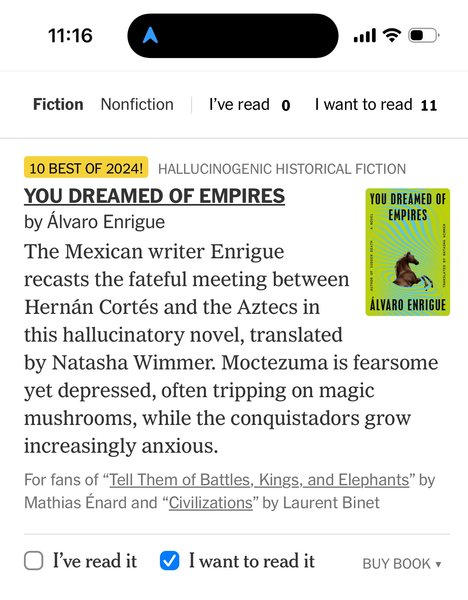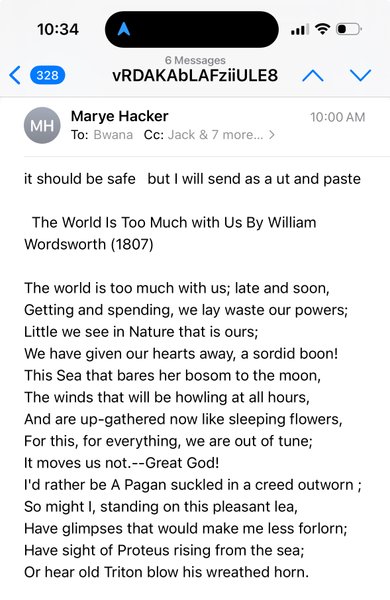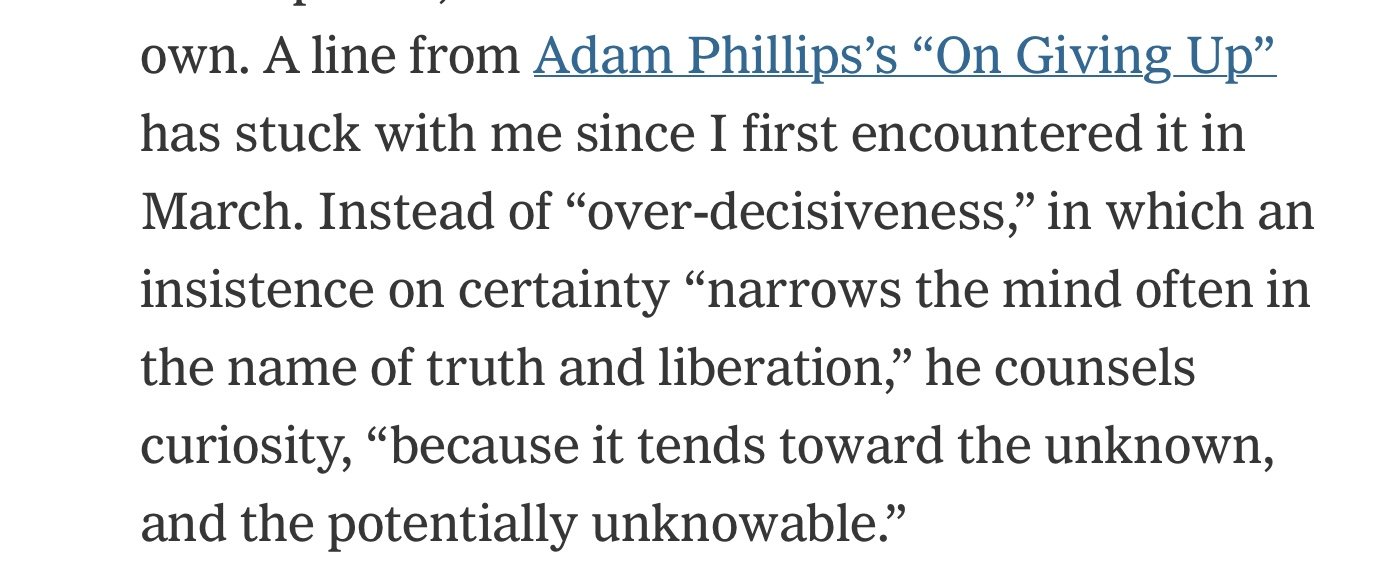Thought provoking
“Stealing Fire” (2017), Kotler & Wheal: Attributed to W.B.Yeats: “The world is full of MAGIC things patiently waiting for our senses to grow sharper.”
This is another version of the observation that there is absolutely nothing we can do w our technology today that hasn’t always been possible but unknown. Which raises the inevitable Q: What else is
... See more
Sounds like a barn-burner of a premise, color me intrigued

Classic lines fm Wm Wordsworth

Remember the next time U're facing a difficult decision !

Critics and readers tend to be insufferable nostalgics. In a letter he sent from exile in 1513, Niccolò Machiavelli described his evening routine: After coming home from the “vulgarity” and “trifles” of daily life, he donned “garments regal and courtly” to commune with the dead. Reading those before him, he was “not frightened by death,” and
... See moreNiccolò Machiavelli’s inspirations? Or condolences?

On the value of curiosity, versus self-assurance
Nikolai Fyodorovich Fyodorov (Russian: Николай Фёдорович Фёдоров; 9 June 1829 – 28 December 1903), known in his family as Nikolai Pavlovich Gagarin, was a Russian Orthodox Christian philosopher, religious thinker and futurologist, library science figure and an innovative educator. He started the movement of Russian cosmism which was a precursor of
... See more🥳 Anxiety is the flip side of the awareness coin. And vice versa, obviously. 😂🥸
Getting hi is such a revelation!